Document Author
Year Published
Topic
- (-) Remove 100% Access to Justice filter 100% Access to Justice
- (-) Remove Research filter Research
- Reports, Evaluations, Best Practices, Surveys (11) Apply Reports, Evaluations, Best Practices, Surveys filter
- Strategic Planning (8) Apply Strategic Planning filter
- Reports (6) Apply Reports filter
- Self-Help Centers (6) Apply Self-Help Centers filter
- Trial Court Self-Help (5) Apply Trial Court Self-Help filter
- Courts (4) Apply Courts filter
- Best Practices (3) Apply Best Practices filter
- Linking a Self-Help Center to Other Services (3) Apply Linking a Self-Help Center to Other Services filter
- Managing a Self-Help Center (3) Apply Managing a Self-Help Center filter
- Surveys (3) Apply Surveys filter
- Allied Professionals (2) Apply Allied Professionals filter
- Ethics Education (2) Apply Ethics Education filter
- Evaluation (2) Apply Evaluation filter
- Impact of Self-Represented Litigant Innovations on Cost and Efficiency (2) Apply Impact of Self-Represented Litigant Innovations on Cost and Efficiency filter
- Justice Tech Entrepreneurs (2) Apply Justice Tech Entrepreneurs filter
- Technology (2) Apply Technology filter
- Triage & Service Portal (2) Apply Triage & Service Portal filter
- Working Groups (2) Apply Working Groups filter
- Administrative Agencies (1) Apply Administrative Agencies filter
- ATJ Commissions (1) Apply ATJ Commissions filter
- Best Practices for Self-Help Centers (1) Apply Best Practices for Self-Help Centers filter
- Conferences & Summits (1) Apply Conferences & Summits filter
- Evaluating a Self-Help Center (1) Apply Evaluating a Self-Help Center filter
- Forms (1) Apply Forms filter
- Funding (1) Apply Funding filter
- General Non-Profit Resources for Planning and Evaluation (1) Apply General Non-Profit Resources for Planning and Evaluation filter
- Judges (1) Apply Judges filter
- Judicial Ethics (1) Apply Judicial Ethics filter
- Libraries (1) Apply Libraries filter
- Plain Language & LEP (1) Apply Plain Language & LEP filter
- Presentations (1) Apply Presentations filter
- Regulatory Concerns (1) Apply Regulatory Concerns filter
- Scaling in Court Systems (1) Apply Scaling in Court Systems filter
- Simplification (1) Apply Simplification filter
- Tools for Evaluating Self-Help Programs and Services (1) Apply Tools for Evaluating Self-Help Programs and Services filter
- Triage (1) Apply Triage filter
- Unbundling (1) Apply Unbundling filter
State
Tags
Post date
Search results
Survey/Report: Self-Represented Litigation in Nebraska: Survey of Judges and Clerks (Nebraska 2015)
This is a joint project of the Nebraska Supreme Court Committee on Self-Represented Litigants and Nebraska Legal Aid that surveys judges and clerks about self-representation. Strategic Planning Reports Surveys Nebraska United States Self Represented Litig ...
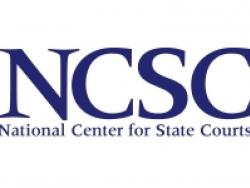
Report: Building A Litigant Portal: Business and Technical Requirements (NCSC 2015)
With funding from State Justice Institute, Thomas Clarke of the National Center for State Courts assembled two advisory committees – one to develop the business requirements for a litigant portal, and another to examine the technical requirements necessar ...
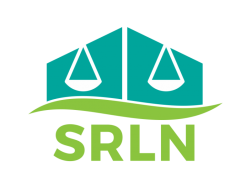
SRLN Brief: Communications Resources (SRLN 2015)
A communications strategy, which is central to any project's success, not only charts communications with internal and external customers, but also serves as an important driver for the metrics collected to measure success. Voices for Civil Justice h ...
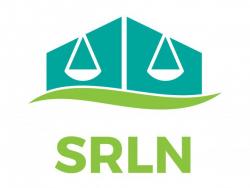
SRLN Brief: Procedural Fairness / Procedural Justice (SRLN 2015)
Research has shown that when defendants and litigants perceive the court process to be fair, they are more likely to comply with court orders and follow the law in the future—regardless of whether they “win” or “lose” their case. This is called procedural ...
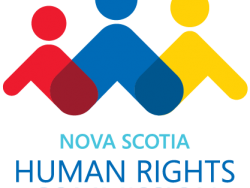
Article: A Restorative Adjudication Process Shows Promise (Teryl 2015)
In 2012, the Nova Scotia Human Rights Commission initiated a project to integrate restorative justice principles into an administrative agency. Early research showed that when restorative justice principles guided the agency's changes, access to just ...
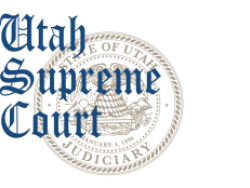
Report: Supreme Court Task Force to Examine Limited Legal Licensing (Utah 2015)
From the Introduction: Probably most Utah communities are not that different from “Middle City, USA,” a mid-size, mid-West community that was the location of the 2014 Community Needs and Services Study by the American Bar Association. 1) In a random sampl ...

News: National Evaluation And Classification Framework For Non-Lawyer Projects Released (Public Welfare Foundation 2015)
As those of us in the access to justice movement know too well, across the country thousands of people arrive at court every day both unrepresented and unsure of where to go. Many believe that solving this access crisis will require non-lawyer involvement ...
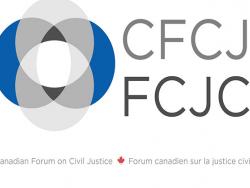
Report: Civil Non-Family Cases Filed in the Supreme Court of BC Research, Results and Lessons Learned (Canadian Forum on Civil Justice 2015)
The is the Final Report of the Canadian Forum on Civil Justice 's (CFCJ's) Attrition Study entitled Civil Non-Family Cases Filed in the Supreme Court of BC Research, Results and Lessons Learned. This study, which is a part of the CFCJ's lar ...
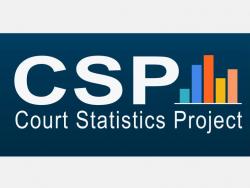
Weblinks: The Court Statistics Project (NCSC 2015)
The Court Statistics Project (courtstatistics.org) (CSP) — a joint project of the National Center for State Courts (NCSC) and the Conference of State Court Administrators (COSCA) — publishes caseload data from the courts of the fifty states, the District ...
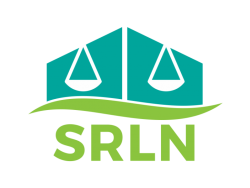
Survey: SRLN Tiers of Service Survey Tool (SRLN 2015)
The SRLN Tiers Survey was developed for states to conduct a quick tiered inventory of their court based self-help services. Tier 1 services are asynchronous (one-way), Tier 2 services are synchronous (two-way), and Tier 3 services integrate multiple provi ...